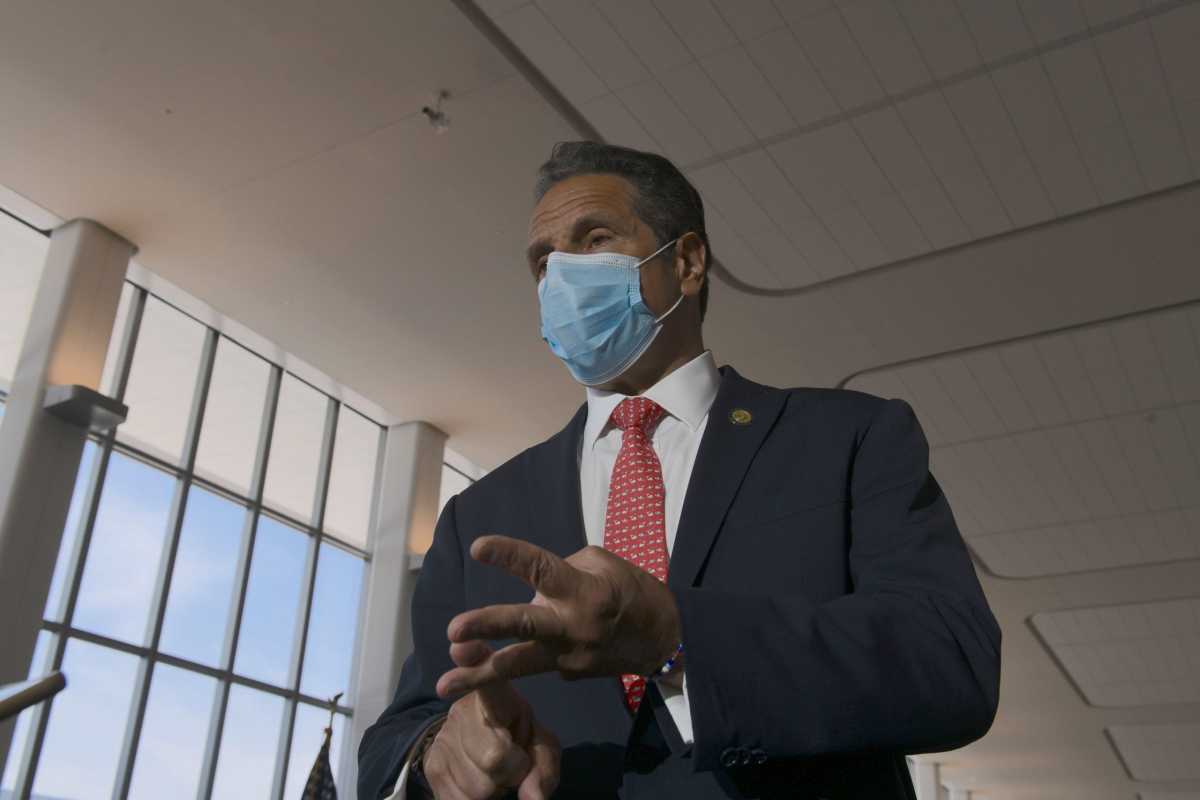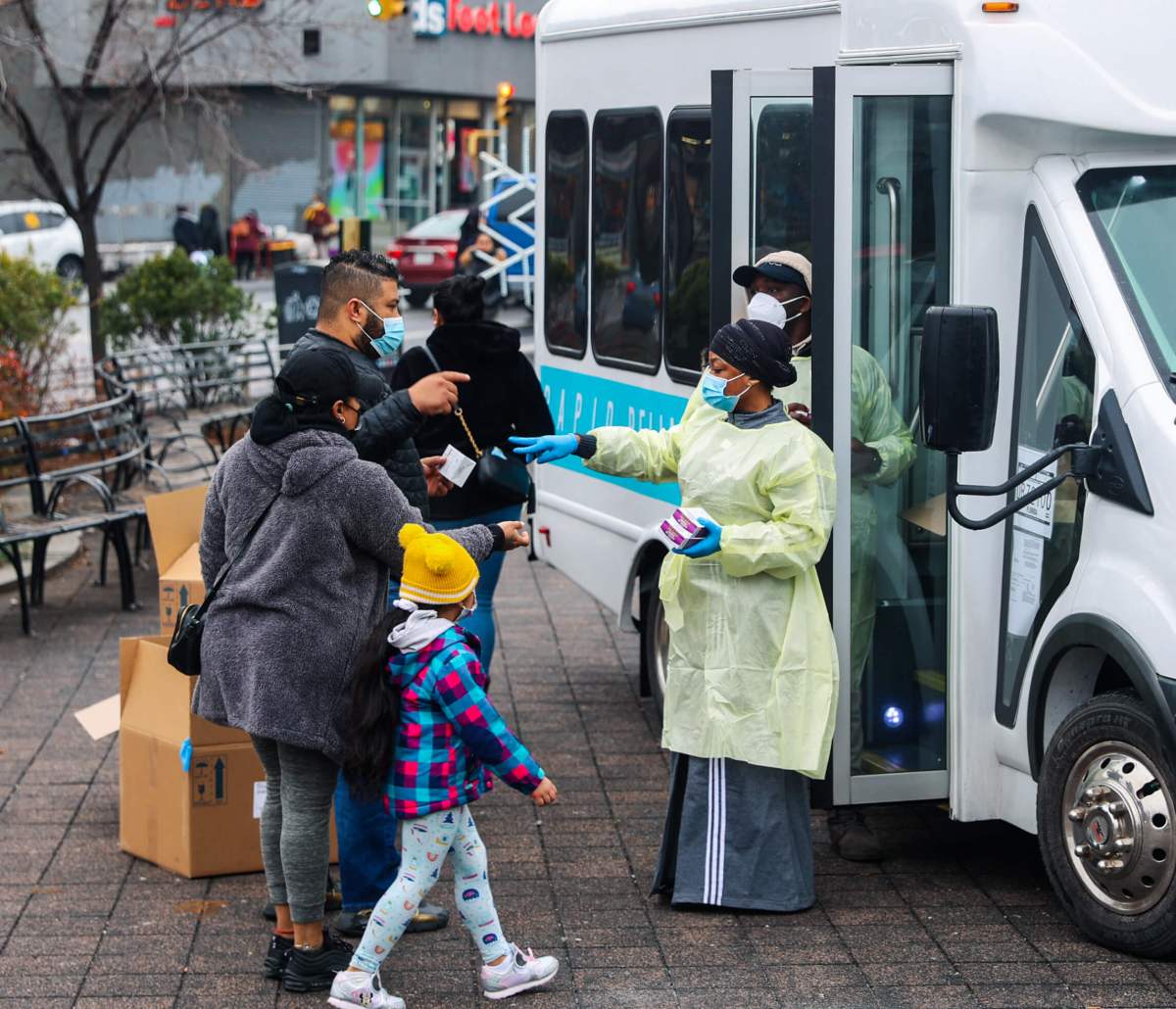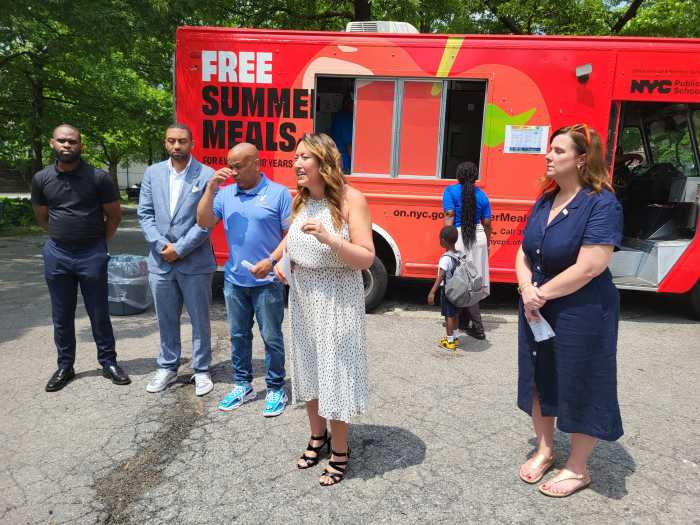New York state is bracing for more health crises come autumn as a second wave of COVID-19 is expected to bring unpredictable variables, including the complications from the flu season.
A somber Governor Andrew Cuomo addressed the concern in his remarks on this topic Wednesday morning, relating the momentary ease of COVID-19 standing of low cases, deaths and infection rate to just halftime.
“We are still in the midst of this, my friends. Don’t write about it in the past tense,” Cuomo told reporters during the Aug. 19 conference call. “As we sit here today, just to give you a dose of reality, we need to prepare for the second wave.”
Cuomo says his biggest fear is that the second wave results from a mutated version of the COVID-19 strain that, to date, has killed more than 170,000 Americans. That would be a similar outcome to the influenza pandemic of 1919-20, in which the second wave featured a far more deadly, virulent strain.
The onset of the normal flu season this autumn and winter only adds to Cuomo’s concern.
“You put the flu season on top of COVID, this is going to be a very difficult situation to deal with,” Cuomo said. “All across the board, you’re going to have the same complexity. How are you going to do the flu tests and the COVID test at the same time, meaning we have deployed almost all our lab capacity to do the COVID tests. You know what our lab capacity usually did? HIV tests and flu tests. We now have everybody deployed doing COVID tests.”
County health departments are going to provide the state with their plans to balance these demands by September, according to Cuomo. The state issued an instructional letter to these agencies Wednesday.
“We were so effective at commandeering testing capacity for COVID tests that there is no flex in the system,” Cuomo added.
The governor pointed out that this will require cutbacks in COVID-19 testing and longer wait times.




































